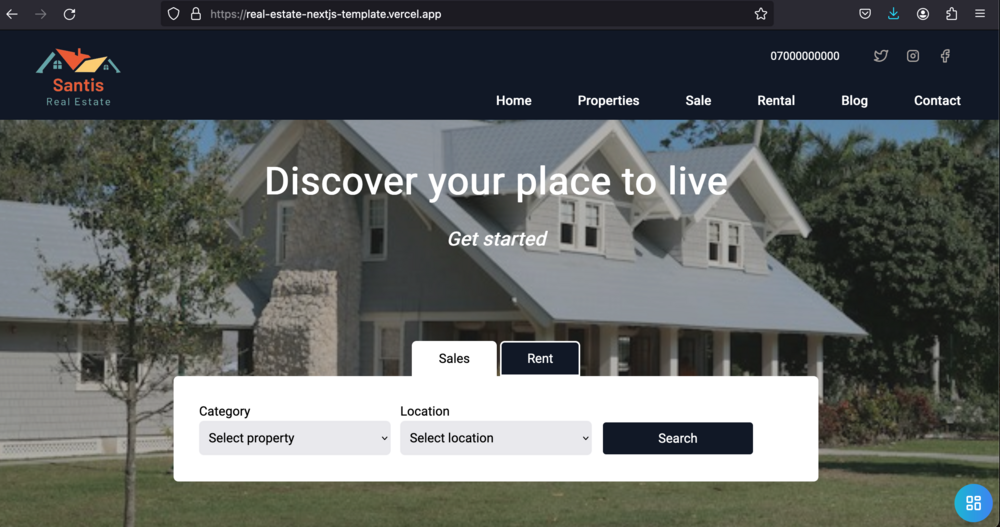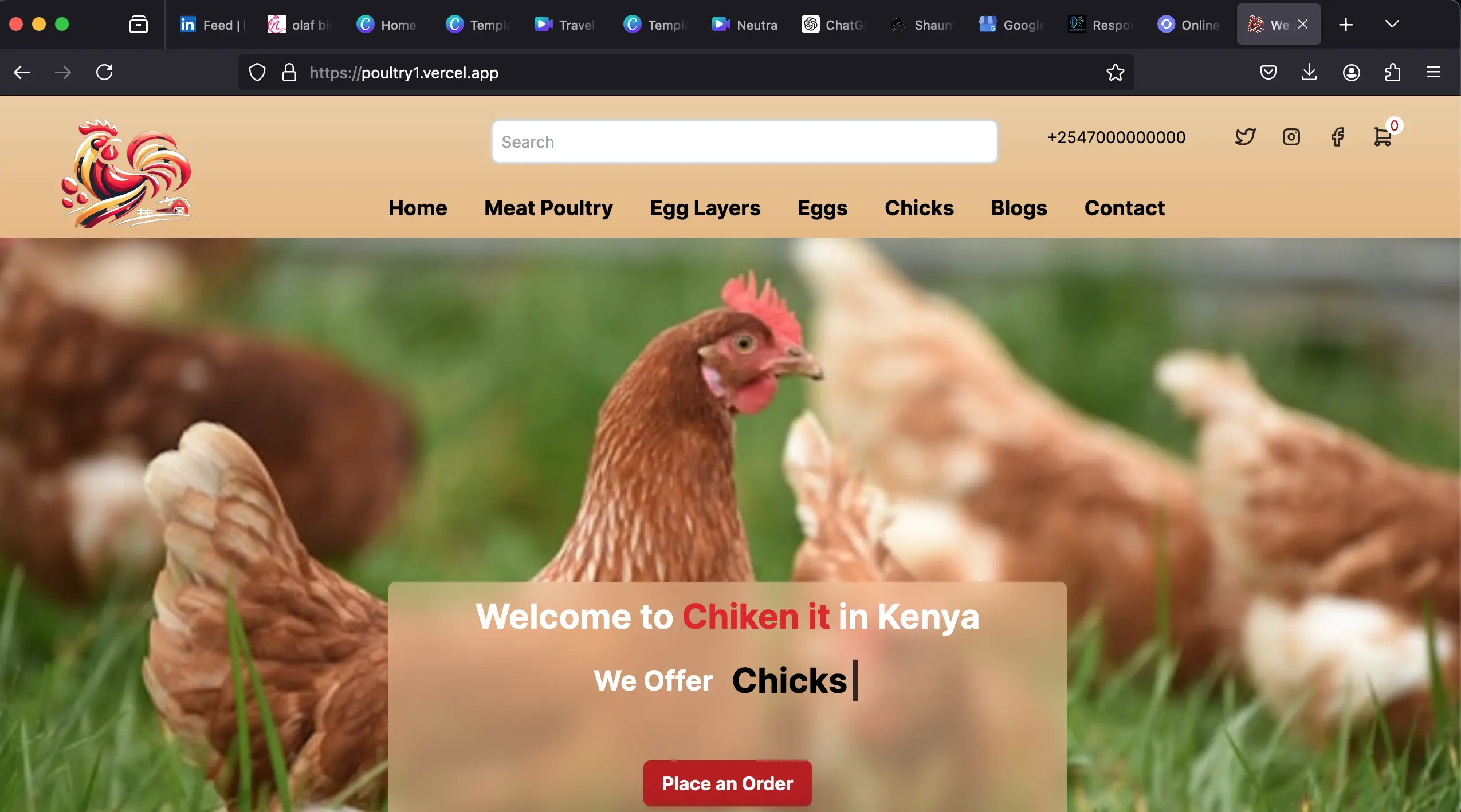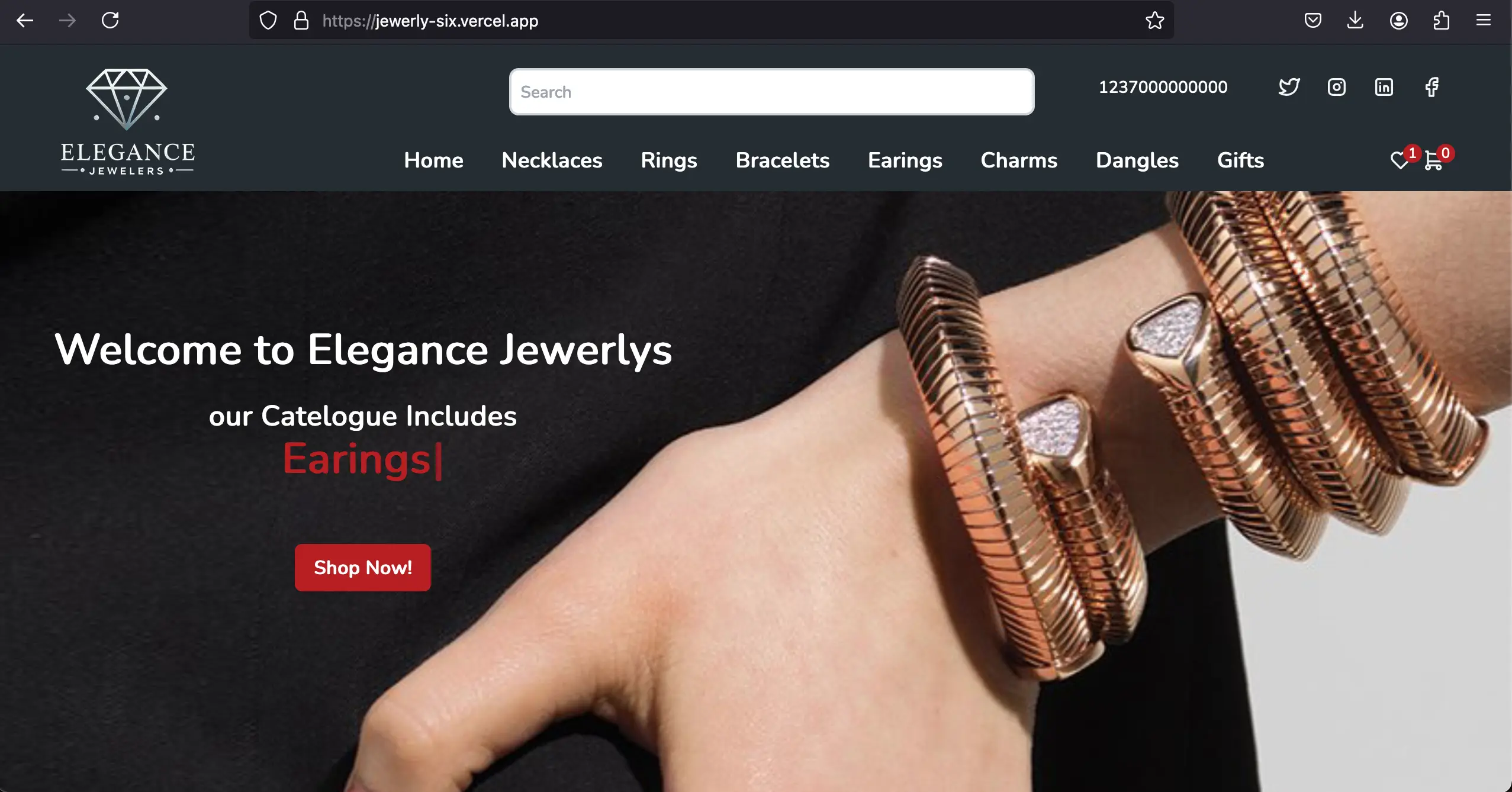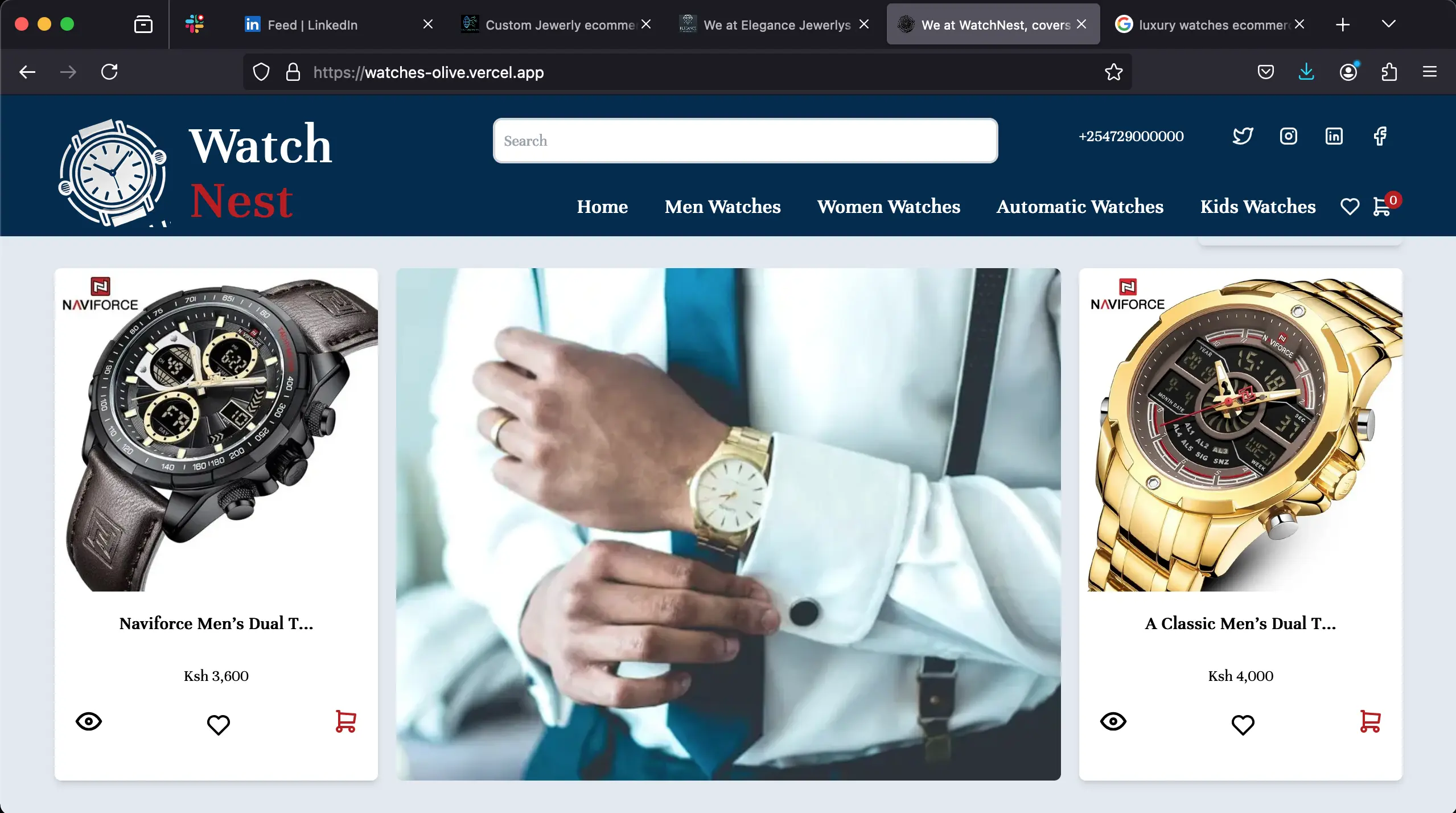
Grow Your Online Store: 8 Proven Marketing Tactics
Building a thriving online store is exciting, but cutting through the digital noise is tough. With countless competitors, you need clear, effective marketing strategies that deliver real results. Forget complex theories – here are 8 actionable, proven tactics to attract visitors, convert them into buyers, and turn them into loyal fans for your ecommerce business. Let's make your store shine.
Why Smart Marketing is Your Ecommerce Lifeline
Imagine your fantastic products hidden away. Marketing flips the switch, illuminating them for the right audience! Without it, even the best items gather dust.
Effective ecommerce marketing:
- Attracts Interested Shoppers: Brings in people actively looking for what you sell.
- Builds Trust & Recognition: Makes your brand memorable and credible.
- Turns Lookers into Buyers: Converts interest into sales.
- Keeps Customers Coming Back: Encourages repeat purchases and recommendations.
- Maximizes Your Budget: Focuses spending on high-return activities.
Ready to grow? Here are the 8 essential strategies:
1. SEO: Your Free Traffic Engine
SEO (Search Engine Optimization) helps your store appear in Google search results organically (without ads). It's about being the answer when potential customers search.
- Why It's Essential: Provides a consistent stream of free, qualified traffic from people with genuine intent. Builds long-term authority.
- How to Implement Simply:
- Find Relevant Keywords: Use free tools (Google Keyword Planner, Ubersuggest) to discover what your audience searches for (e.g., "durable backpack for travel," "organic face moisturizer").
- Optimize Product Pages: Naturally include keywords in titles, descriptions, and image alt text. Be clear and helpful!
- Create Valuable Content: Write blog posts or guides answering customer questions (e.g., "How to choose the perfect running shoe," "5 ways to use our essential oil diffuser").
- Technical Basics: Ensure fast loading (Google PageSpeed Insights) and mobile-friendliness. Use clean URLs.
- The Payoff: Sustainable, free traffic growth and increased trust from search visibility.
2. Social Media Ads: Laser-Focus on Your Ideal Buyers
Platforms like Facebook and Instagram let you show your products directly to people most likely to purchase, based on their interests, demographics, and online behavior.
- Why They Work: Incredibly precise targeting. Reach people interested in specific niches, competitors, or matching your customer profile. Perfect for visual products!
- How to Start Smart:
- Define Your Audience Tightly: Go beyond basics (e.g., "Men 30-45 interested in DIY tools, home renovation, following Home Depot").
- Use Compelling Visuals: High-quality photos are good, but short, snappy videos showcasing your product in action (think TikTok or Reels style) often grab attention even faster. Highlight bestsellers or new arrivals.
- Test Small: Begin with a modest daily budget ($5-$15). Experiment with different ad creatives (images & videos) and audience groups.
- Analyze & Optimize: Use platform insights (Ads Manager) to see what drives clicks and sales – then scale the winners.
- The Payoff: Rapidly reach a large, relevant audience and drive immediate sales or traffic.
3. Email Marketing: Nurture Leads & Drive Repeat Sales
Email remains one of the most profitable channels. It builds direct relationships with people who've already shown interest.
- Why It's a Powerhouse: High ROI. You own your list. Perfect for personalized, timely communication.
- Simple Tactics with Tools (Klaviyo, Mailchimp):
- Welcome Series: Send a friendly intro and offer (e.g., "Thanks! Here's 10% off your first order").
- Abandoned Cart Emails: Recover lost sales! Automatically remind shoppers ("Forgot something? Complete your order!").
- Engaging Newsletters: Share new products, useful tips, stories, and exclusive deals. Focus on value.
- Post-Purchase Follow-ups: Say thanks, request reviews, suggest related items.
- The Payoff: Recovers revenue, builds loyalty, creates a direct marketing channel you control.
4. Content Marketing: Show Value & Build Trust
Create valuable information (blogs, videos, infographics) that attracts and engages your audience. It's about demonstrating your product's real-world benefit.
- Why It Builds Authority: People seek solutions, not just sales pitches. Great content establishes you as helpful and trustworthy.
- Easy Content Ideas:
- "How To" Guides & Tutorials: Solve problems using your product (e.g., "How to assemble our bookshelf," "Quick recipe using our blender").
- Lifestyle Visuals: Show real people using your products authentically. High-quality photos are great, but quick, relatable videos (YouTube Shorts, TikTok demos) showing your product solving a problem or being used are incredibly effective today, often preferred over lengthy text.
- Blog Posts: Answer FAQs or explore niche topics (e.g., "Sustainable Fabric Guide" for eco-apparel).
- User-Generated Content (UGC): Encourage customers to share their photos/videos (use a hashtag). Feature them!
- The Payoff: Boosts SEO, fuels social media, educates customers, builds brand love, and showcases products in context – especially powerful through video.
5. Influencer Marketing: Leverage Trusted Voices
Partner with influencers (social media creators with engaged followers) to reach their audience authentically.
- Why It Resonates: Followers trust influencer recommendations more than traditional ads. Provides social proof.
- Finding & Partnering Effectively:
- Relevance Over Reach: A micro-influencer (10K-50K) passionate about your niche often outperforms a mega-influencer. Search hashtags or use platforms (Collabstr, AspireIQ).
- Build Genuine Connections: Engage first. Personalize outreach.
- Clear Agreements: Define deliverables (e.g., 1 post + 2 stories). Compensation (product, fee, commission). Grant creative freedom.
- Track Results: Use unique discount codes or affiliate links.
- The Payoff: Access to engaged, targeted audiences and authentic promotion that builds trust quickly.
6. Google Shopping Ads: Capture Ready-to-Buy Shoppers
Show your product images, prices, and store name directly in Google search results, targeting users with high purchase intent.
- Why They Convert: Shoppers see exactly what you offer upfront. Appears for commercial searches (e.g., "buy black running shoes," "KitchenAid mixer sale").
- Getting Started Simplified:
- Set Up Google Merchant Center: Upload accurate product data (titles, descriptions, prices, images).
- Link to Google Ads: Create a Shopping campaign. Set the budget and bids.
- Optimize Your Feed: Include relevant keywords. Use crystal-clear images.
- Use Performance Max: Let Google automate bidding and placement for beginners.
- The Payoff: Puts products in front of shoppers who are actively ready to purchase.
7. Loyalty Programs: Reward & Retain Customers
Reward repeat purchases to transform buyers into devoted brand advocates.
- Why Retention Wins: Keeping a customer is cheaper than acquiring a new one. Loyal customers spend more.
- Simple Program Structures:
- Points System: Earn points per $ spent, redeem for rewards.
- Tiers: Offer better benefits (discounts, free shipping) for higher spending levels.
- VIP Perks: Exclusive deals, early access, birthday gifts for top customers.
- Easy Setup: Use apps like Smile.io or LoyaltyLion.
- The Payoff: Increases customer lifetime value, boosts repeat purchases, and encourages referrals.
8. Referral Discounts: Turn Customers into Advocates
Incentivize happy customers to recommend your store to friends.
- Why Word-of-Mouth is Gold: Friends trust friends. Brings in highly qualified leads.
- Setting Up Success:
- Double-Sided Incentives: Reward both referrer and friend (e.g., "Give $15, Get $15").
- Make it Effortless: Use referral apps (ReferralCandy, Friendbuy) for automated tracking via unique links.
- Promote Widely: Feature on your site, in emails, on social media.
- Deliver Smoothly: Ensure rewards are automatic and instant.
- The Payoff: Low-cost customer acquisition, leverages happy customers as marketers, and builds trust.
Your Action Plan: Start Growing Today
Don't try all 8 at once! Choose 1-2 that fit your current stage and resources:
- Foundations: Start with SEO (long-term traffic) and Social Ads (quick visibility - try incorporating short videos!).
- Building Momentum: Add Email Marketing (nurture leads) and Content Marketing (build trust & SEO - leverage video formats like YouTube Shorts/TikTok where relevant).
- Scaling Up: Implement Google Shopping Ads (capture buyers), Influencer Marketing (expand reach), Loyalty Programs (retain), and Referrals (leverage advocacy).
Track & Adapt: Use Google Analytics! See what brings traffic and sales. Focus more on what works. Marketing is about testing and refining.
The Path to Ecommerce Success
Growing your online store isn't about a single magic bullet. It's about consistently applying these interconnected strategies. From the organic reach of SEO and targeted power of social ads (embracing video!) to the loyalty-building of email programs, each plays a crucial role. Start small, focus on delivering genuine value, measure your results, and watch your customer base – and sales – grow.
Your successful ecommerce journey starts now!
Our Templates
The Turnkey Commerce Suite.
Our Trending blogs










Myrachanto
I help ecommerce businesses scale faster with tech-driven SEO and high-performance web development. With 5+ years of full-stack expertise, I specialize in:
Ecommerce SEO
Optimizing product pages, structured data, and site architecture to boost organic traffic.
Blazing-Fast Stores
Building with React.js, Next.js, Qwik.js, and Golang for speed and conversions.
I write about ecommerce growth—from technical SEO to conversion-focused development—so store owners and marketers can leverage tech for real results.





